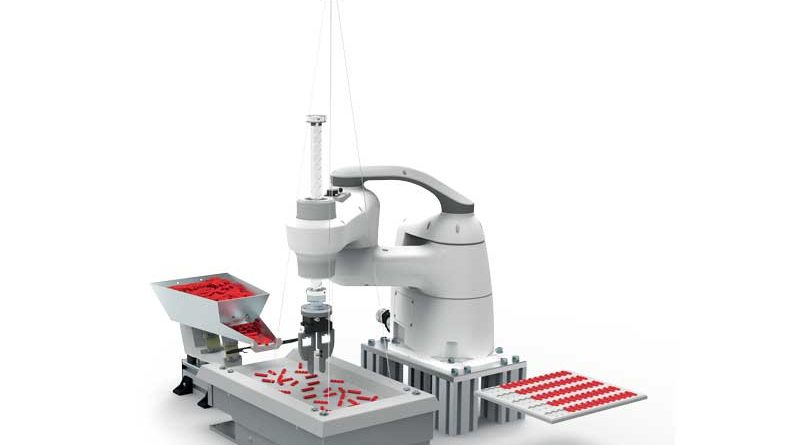At the Forefront of the Radar Revolution
Detection systems based on radar technology make it possible to overcome the limits of optical detectors in environments characterized by disturbing factors such as smoke, dust, water, oil, machining waste, etc. Thanks to the LBK system, the first SIL2 radar barrier, Inxpect, a young company from Brescia, provides a flexible and obstacle-proof safety solution for robotic cell designers.
by Cesare Pizzorno
“Inxpect basically comes from a bet: to adapt the radar technology – specifically created for the military sector – to the world of industrial production. Indeed, we are convinced that a real technological revolution is coming and it will let us redefine the radar areas of use. And we want to lead this revolution”.
This is how Luca Salgarelli, co-founder and CEO of the young Brescia-based company Inxpect, describes his mission, telling of a project started about 4 years ago when, in pursuit of a system that would allow the exclusion of false alarms in domestic intrusion protection systems, the first smart sensor based on radar technology was developed.
“The next step was to test such a system also in the field of building automation and in industry where, speaking of sensors, detection systems based on optical technology are limited in some specific conditions. Limits that can be overcome thanks to the characteristics of radar systems”, says Mr Salgarelli.
Optical and radar: two different technologies
The LBK system by Inxpect is a SIL2 linear volumetric safety barrier designed for use in the proximity of hazardous machinery and automated areas. It provides perimeter detection or access to the area. “The basic idea does not change with respect to optical detectors – explains the Inxpect CEO – while the difference essentially concerns the physics of technology. In the case of light curtains, laser scanners or smart cameras, the optical system must be, using a technical word, “line of sight”, that is, having a direct line of sight with the object to be observed. This implies that it works perfectly in a clean room or clean environments, not so in environments characterized by disturbing factors such as smoke, dust, water, oil, machining waste and so on”.
Radar technology, which uses radio electromagnetic waves, bypasses the problem precisely because it is not based on the “line of sight” principle. The two technologies – optical and radar – are therefore absolutely complementary: the first is more suitable when the application primarily requires precision, while the second is the only possible solution in the presence of the obstacles mentioned above. “Actually – adds Mr Salgarelli – it is also possible to combine the two technologies to fully exploit both their characteristics and advantages”.
Robots made collaborative thanks to the “sixth sense”
“To show how radar technology works even in the presence of obstacles, we brought to the show a robotic island equipped with sensors operating behind a wooden panel”, says Mr Salgarelli. “There are no physical or optical protections: only our LBK system monitoring in real time and 360° the area around a robot that is not designed to be collaborative, but it becomes so thanks to a sort of “sixth sense” that our system is able to provide. It is no coincidence that, as a pay-off for our company, we chose “The sense of motion”.
The robot slows its action when someone, or something, approaches the danger area and stops completely in case someone/something enters the “red” area.
“We have developed software that is very easy to use and allows you to easily and quickly reconfigure the danger area. We believe that, in the time of Industry 4.0 and the search for maximum flexibility, reconfigurability is a main issue”, says Mr Salgarelli.
Reducing machine downtime without violating safety regulations
The application on show at the last SPS Italia included the combination with a six-axis Denso robot. The Inxpect LBK system, however, can be used with any type of robot, even of a much larger size, as reported by the CEO of the Brescia-based company. “The first trial, dating back over three years ago, was made on a cell for the automatic processing of stone and glass equipped with a 6m long robot. It was an environment characterized by water splashes which, interacting with the light curtains, caused numerous downtime for the manufacturer. In a month of work with the first prototype, the machine stops were eliminated without violating any safety principle. The system coverage is 15 m: it can therefore also handle large-sized applications”. From a regulatory point of view, the LBK system performs two safety functions: access into a dangerous area, sending a signal to stop the machine, and then restarting automatically, according to a (patent-pending) principle that allows the system to monitor up in real time even the respiratory rhythm of human beings. For example, this means that if the operator involved in maintenance operations has an sudden illness, the system continues to detect its breath and does not restart.

